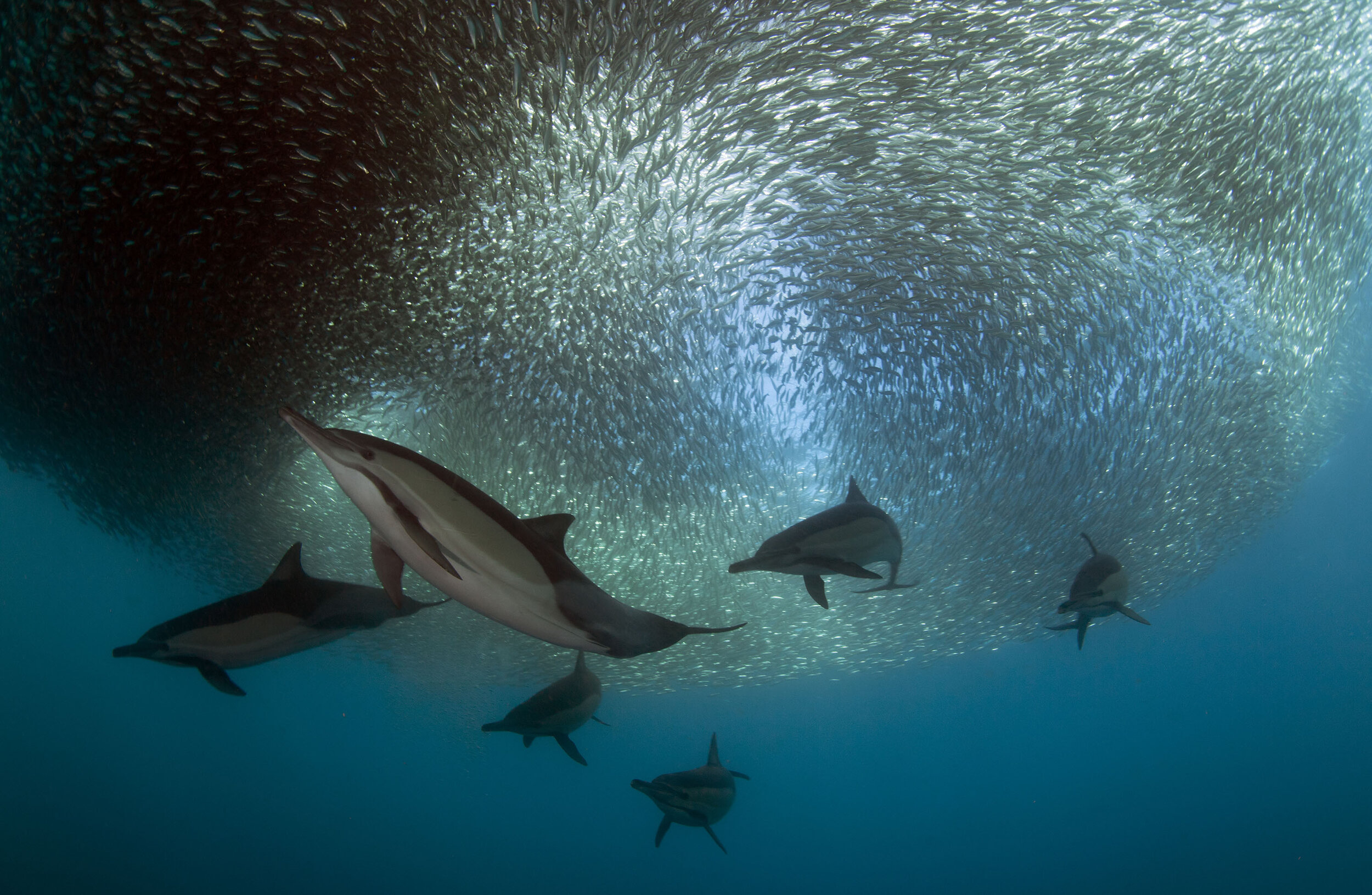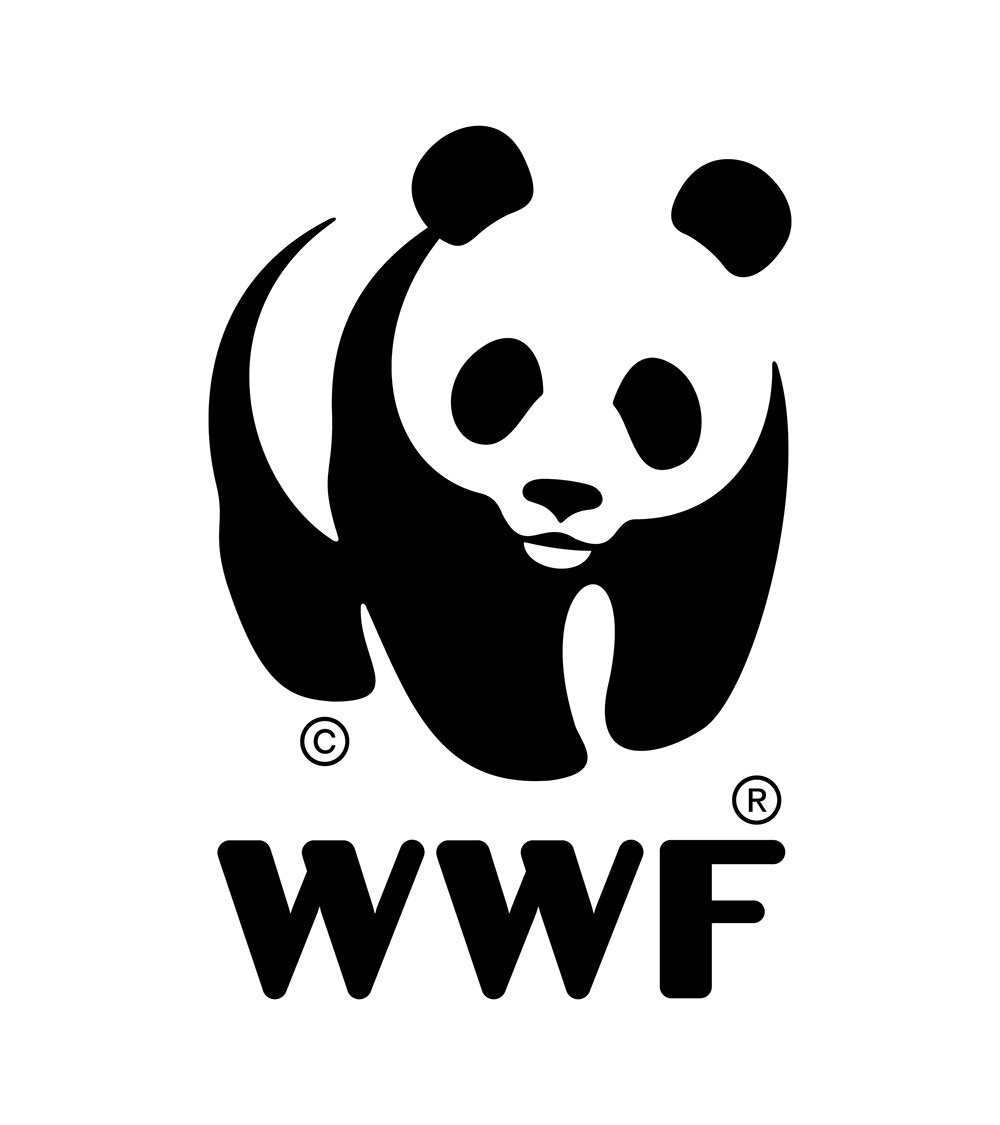
Habitat degradation
Whales and dolphins rely on critical ocean habitats – areas where they feed, mate, give birth, nurse young, socialise or migrate – for their survival.
Photo © naturepl.com / Chris & Moniqiue Fallows / WWF
In countless areas around the globe, these habitats are under threat from human activities including intense fishing, increased shipping, off-shore exploration of oil and gas, and marine-based tourism. Climate change, coastal construction and water contamination are also putting whales and dolphins at risk. Only a tiny fraction of critical cetacean habitat is protected from these threats.
We urgently need to better manage precious ecosystems to protect vulnerable populations, yet governments and policy makers are often unaware of the importance of critical habitats under their care.
By adopting the concepts of critical habitat, ecosystem-based management, biosphere reserves, zoning and networks, we – all of us who work to protect marine species and ecosystems – can make greater headway towards ocean conservation.
Marine protected areas are a powerful tool for reducing habitat loss, preserving biodiversity and increasing nature’s resilience to multiple stressors, including climate change. Marine protected areas offer a nature-based solution to support global efforts towards climate change adaptation and mitigation.
To delivery UN Sustainable Development Goals, the International Union for the Conservation of Nature and others recommend that 30 per cent of the ocean be protected.
According to the World Database on Protected Areas, the global coverage of marine protected areas is 7.43 per cent (26,925,028 km2). WWF is collaborating with many stakeholders to protect 30 per cent of our global ocean by 2030 through establishing marine protected areas and other area-based management measures. These and other management options can be targeted to reduce impacts of shipping and fisheries bycatch, thus protecting critical habitats.
“Effective networks of marine protected areas can ensure that ocean life from giant whales to tiny krill can thrive free from pressure of overfishing while improving resilience to climate change.”
Chris Johnson, Global Lead WWF Protecting Whales & Dolphins Initiative.
WWF in action
Increasing nature’s resilience to climate change
WWF played a vital role in helping to create the Ross Sea Sanctuary in the Southern Ocean – the largest protected area on Earth – and continues to research and protect whales in the Antarctic Peninsula.
Identifying risks in important marine mammal areas
WWF is working with the International Union for Conservation of Nature and the International Whaling Commission to study the risks posed by vessel traffic in Important Marine Mammal Areas.
Marine protected areas for the Baltic Sea
In 2017, WWF helped to establish four Baltic Sea marine protected areas, created primarily to protect the endangered Baltic harbour porpoise and support monitoring of this critically endangered population.
Protecting critical marine habitat of Chilean blue whales
WWF is working with partners to support the protection of more than 915,000 km2 of marine habitat in Chilean Patagonia — critical habitat for blue whales, Chilean dolphins, and other cetaceans.


